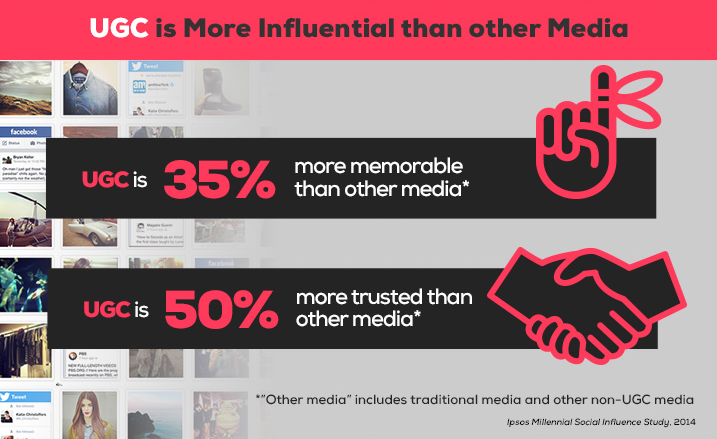How to Use Social Media to Change Perceptions - #VibeEdu @VibeIsrael Lessons

This is just one in a series of ongoing posts on the educational innovations in Israel. You can see additional coverage here.
If you're reading this blog you are likely involved with a school, district, museum or some other educational institution that is engaged in innovative practices. But do others know of the great work happening there? Is there a misconception about your school or district? Perhaps the community or even the world is not aware that in your district every student has a digital portfolio that can lead to academic and career success. Maybe your school has a Makerspace and 3D printing, but few know of the magic happening behind closed doors. Maybe the neighborhood is perceived as rough, but the the truth is that there is a strong, cohesive environment where the community comes together to ensure children are safe and watched after. What might you do to change or even drive awareness?
Typical practices might be to advertise in the local paper or on the local radio station. Maybe pass flyers out around the community. Perhaps distribute a press release or maybe even buy a spot on a local television program. While those practices may have been the most effective in the past, today, there is a shift. When millennials want information, they don’t go to mainstream media, they look to UGC or “user generated content.” This means they don’t want to hear from the media. They want to hear what friends and peers have to say via updates and photos in places like Instagram, Facebook, Twitter, or blogs. And they spend a lot of time engaging with UGC from social media, in fact more time with any other media type. About five and half hours a day are spent with UGC and they trust and remember what they read from their peers more than any other source.
Check out the stats:
Source: Smart Blogs

What’s one thing communities with schools, districts, and educational institutions have a lot of? Millennials. These are people born in the 80s and 90s and they are savvy in the use of social media, whether they’re reading or generating the content shared.
Harnessing the power of UGC is the strategy being employed by Vibe Israel, a non profit with a mission to change perceptions about Israel. They are using what we know about the power of UGC and inviting digital influencers on a trip to experience Israel. Each trip is focused on various areas of interest such as food, fitness, fashion, and education. These influencers are asked to share their experiences via social media including Facebook, Twitter, Instagram, blogs and more using the designated hashtag.
Tools and ideas to transform education. Sign up below.
Photo Credit: Amit Shemesh

Recently, I was one of the five global influencers invited because of my following on my blog and Twitter. We were invited to share our impressions using the hashtag #VibeEdu. Over the course of about a week, there about 300 posts about education in Israel that reached nearly half a million people generating close to 2 million impressions. What’s more, on average about 25 articles are written each trip that can be syndicated and shared in perpetuity. Unlike impressions via other types of media, these were impressions that viewers were more likely to trust. What’s more they don’t disappear once the television spot is over or the newspaper or flyer are tossed away. They are shared and searchable anytime. Another bonus is relationship development. The visiting influencers connect with those who are local influencers creating an opportunity for ongoing relationships, goodwill, and additional positive world of mouth.
You can check out the stats below:


Now, think about how this could impact a school, district, or educational institution. Want people to begin sharing information about all the great things happening and available there? Create a hashtag and encourage your students, teachers, and parents to share on Twitter, Facebook, and Instagram. Start a school blog and ask teachers to write a post celebrating student success each month that can be shared. Tag these posts on your blog.
Find out who the influencers are in your community. Look at your student body. Look at parents. Look at bloggers. Invite them on a tour. Create an experience. Encourage them to share what they find using the designated hashtag. Ask them to write a post for their site, or yours, giving a customer perspective.
Then, have a process to collect and share what people are saying. Analyze results using a service like Keyhole (sample at http://keyhole.co/realtime/yEzOes/VibeEdu), see what people are saying using Tagboard (sample at tagboard.com/vibeedu). Put it all together in a story using Storify (sample at https://storify.com/angelamaiers/choose2matter-at-mcallen-isd-in-texas).
What perception do those you work and learn with want to start creating?
Figure it out.
Pick a hashtag.
Create an experience.
Invite influencers,
...and let the magic begin.
Interested in learning more about Vibe Israel’s #VibeEdu Tour? Check out the tour site here or follow their work at:
Blog
Lisa Nielsen writes for and speaks to audiences across the globe about learning innovatively and is frequently covered by local and national media for her views on “Passion (not data) Driven Learning,” "Thinking Outside the Ban" to harness the power of technology for learning, and using the power of social media to provide a voice to educators and students. Ms. Nielsen has worked for more than a decade in various capacities to support learning in real and innovative ways that will prepare students for success. In addition to her award-winning blog, The Innovative Educator, Ms. Nielsen’s writing is featured in places such as Huffington Post, Tech & Learning, ISTE Connects, ASCD Wholechild, MindShift, Leading & Learning, The Unplugged Mom, and is the author the book Teaching Generation Text.
Lisa Nielsen (@InnovativeEdu) has worked as a public-school educator and administrator since 1997. She is a prolific writer best known for her award-winning blog, The Innovative Educator. Nielsen is the author of several books and her writing has been featured in media outlets such as The New York Times, The Wall Street Journal, and Tech & Learning.
Disclaimer: The information shared here is strictly that of the author and does not reflect the opinions or endorsement of her employer.
